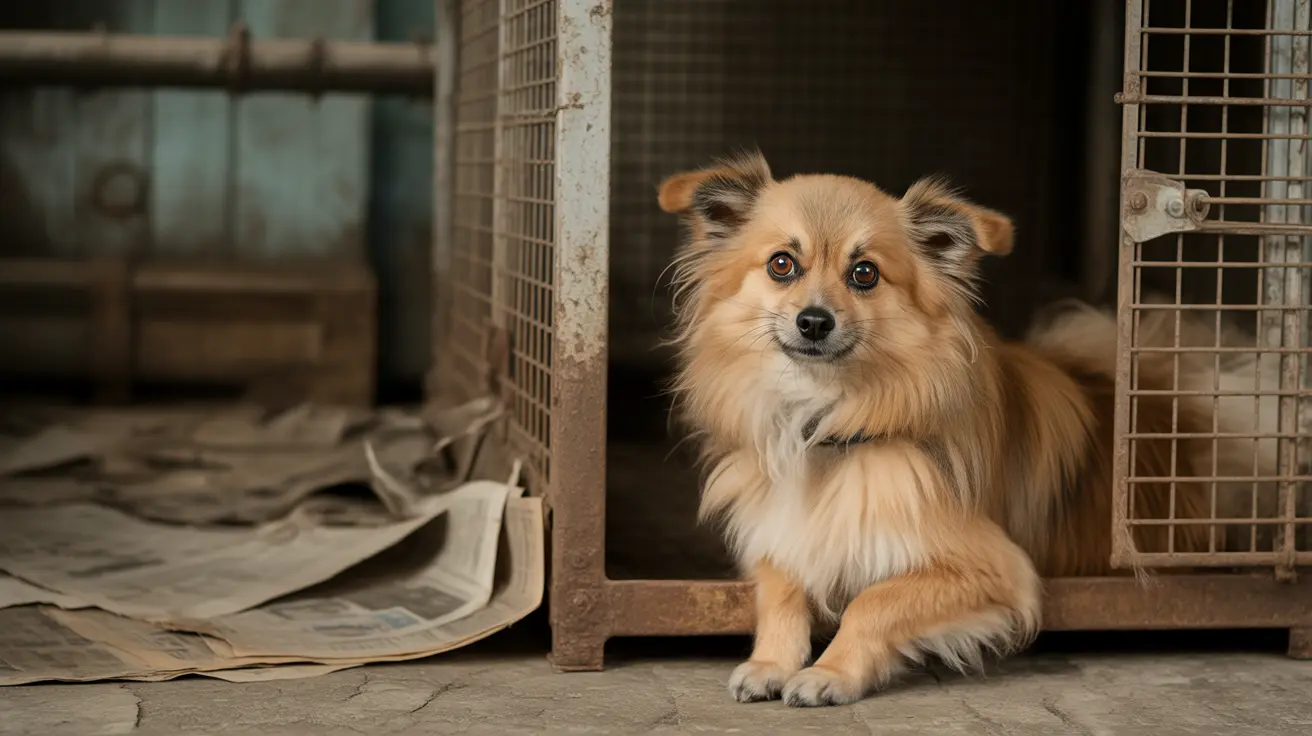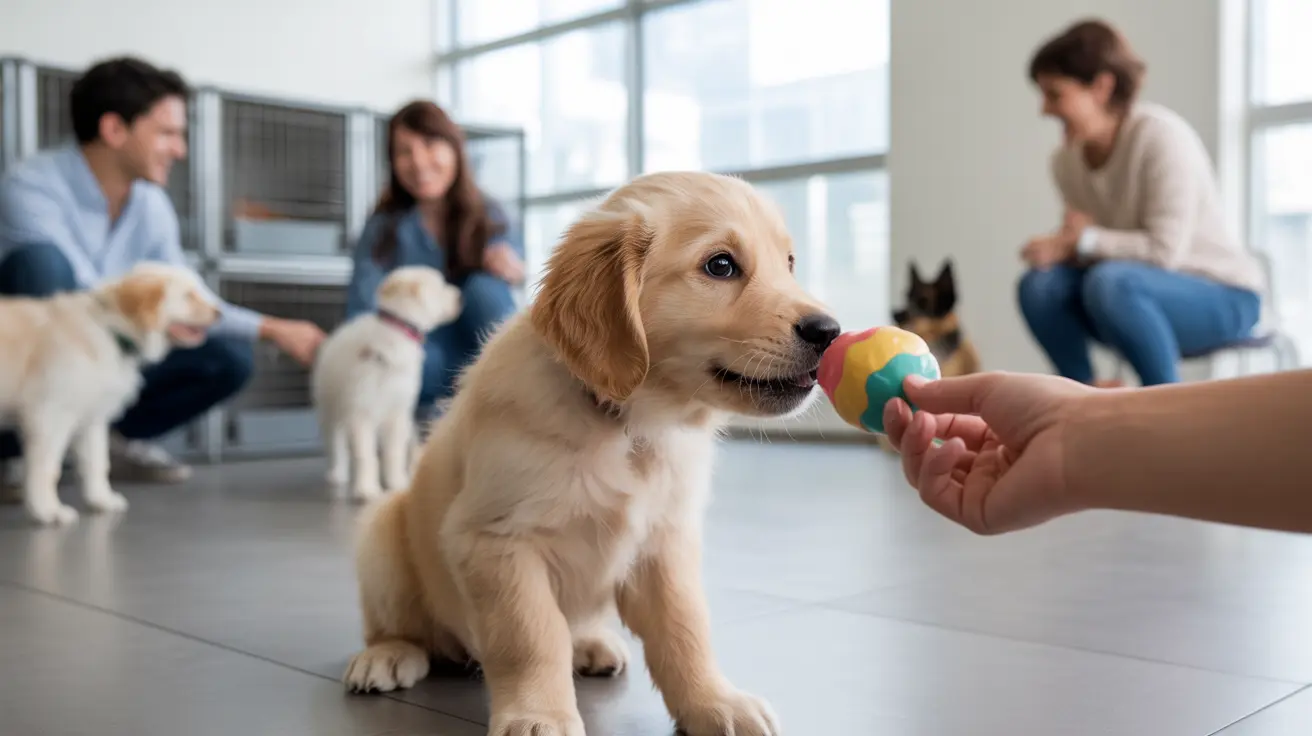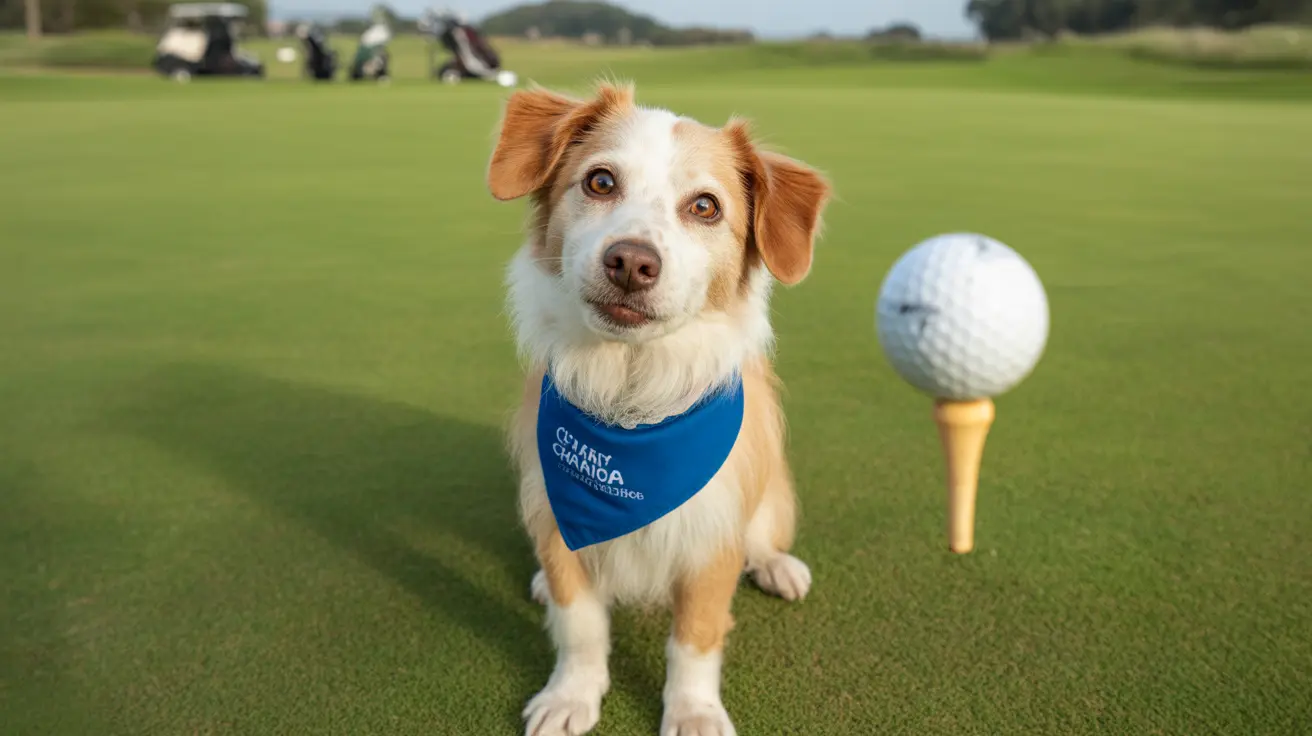Which Dog Breeds Lick the Most and Why It Happens
While licking is a natural behavior in dogs, some breeds seem to engage in it far more frequently than others. This can be due to their social tendencies, oral fixation, or even underlying medical and behavioral contexts. In this article, we explore the breeds most prone to licking, the reasons behind their behavior, and what owners can do to manage excessive licking.
Understanding Why Dogs Lick
Before pinpointing specific breeds, it's important to understand the motivations behind licking behavior:
- Grooming: Natural self-cleaning behavior seen in all dogs.
- Affection and bonding: Dogs lick to show love and affiliation.
- Taste exploration: Curious dogs lick to sense tastes and smells.
- Attention-seeking: Licking rewarded with attention encourages repetition.
- Anxiety or stress: Dogs may lick to self-soothe when feeling anxious or bored.
- Medical discomfort: Issues like allergies, infections, and injuries can cause excessive licking.
Top Dog Breeds Known for Licking
Some breeds are simply more prone to licking, either due to their social nature or oral fixation:
- Labrador Retriever: These affectionate and people-oriented dogs often lick to express love and bond with their family members.
- Golden Retriever: Known for gentleness and social behaviors, they are frequent lickers when showing affection or seeking comfort.
- Poodles (including Miniature and Standard): Intelligent and sensitive, Poodles often lick objects and people, sometimes stemming from stress or routine exploration.
- Cavalier King Charles Spaniel: Emotional and human-focused, these dogs lick often to convey trust and attachment.
- Chihuahua: High-strung and seeking attention, Chihuahuas may develop frequent licking habits driven by stress or desire for affection.
- Dachshund: These curious dogs often lick objects to explore, and excessive licking may emerge from boredom or frustration.
Behavioral Factors Enhancing Licking
While breed tendencies play a key role, several behavioral elements influence how much a dog licks:
- Reinforced patterns: Dogs learn that licking brings attention or treats.
- Lack of stimulation: Dogs left idle might use licking to fill time or comfort themselves.
- Separation anxiety: Dogs excessively groom or lick when left alone or stressed.
- Obsessive behaviors: In more extreme cases, compulsive licking is reminiscent of human OCD.
Medical Causes of Excessive Licking
Even in breeds not known for excessive licking, underlying health issues may prompt it:
- Allergies: Skin irritation from environmental or food sources triggers licking to soothe itches.
- Infections: Fungal, bacterial, or yeast infections often lead to targeted licking.
- Pain: Joint pain, arthritis, or localized injury can result in obsessive licking of a limb or area.
- Dental Issues: Dogs experiencing oral discomfort may lick the air or lips persistently.
- GI distress: Nausea, reflux, or gastrointestinal upset may manifest as surface or air licking.
- Neurological or cognitive dysfunction: Senior dogs suffering from canine dementia may show repetitive behaviors like licking.
When Licking Becomes a Concern
If licking disrupts daily life or results in skin abnormalities, it's worth consulting a vet. Warning signs include:
- Hair loss, redness, or wounds in the same area
- Limping, whining, or changes in appetite or mood
- Licking that prevents normal activities like eating or sleeping
Managing Excessive Licking
Treatment depends on identifying the root cause. Options include:
- Medical intervention: Allergy management, antifungal or antibacterial treatments, or managing pain/infection.
- Behavioral solutions: Increase exercise, introduce mental stimulation, and avoid positively reinforcing negative licking behaviors.
- Training and redirection: Use puzzle toys, treat-dispensing activities, and positive reinforcement to redirect attention from licking.
- Address anxiety: Calm environments, consistent routines, or even prescription medications may be necessary for anxious dogs.
Conclusion
While Lab and Golden Retrievers, Poodles, and Cavaliers may be top contenders for frequent lickers, the reasons behind licking are complex and often multifaceted. Understanding your dog’s behavior can help ensure their licking stays within the bounds of normal, healthy canine habits—and when it doesn’t, you’ll know what signs to look for and how to respond effectively.





